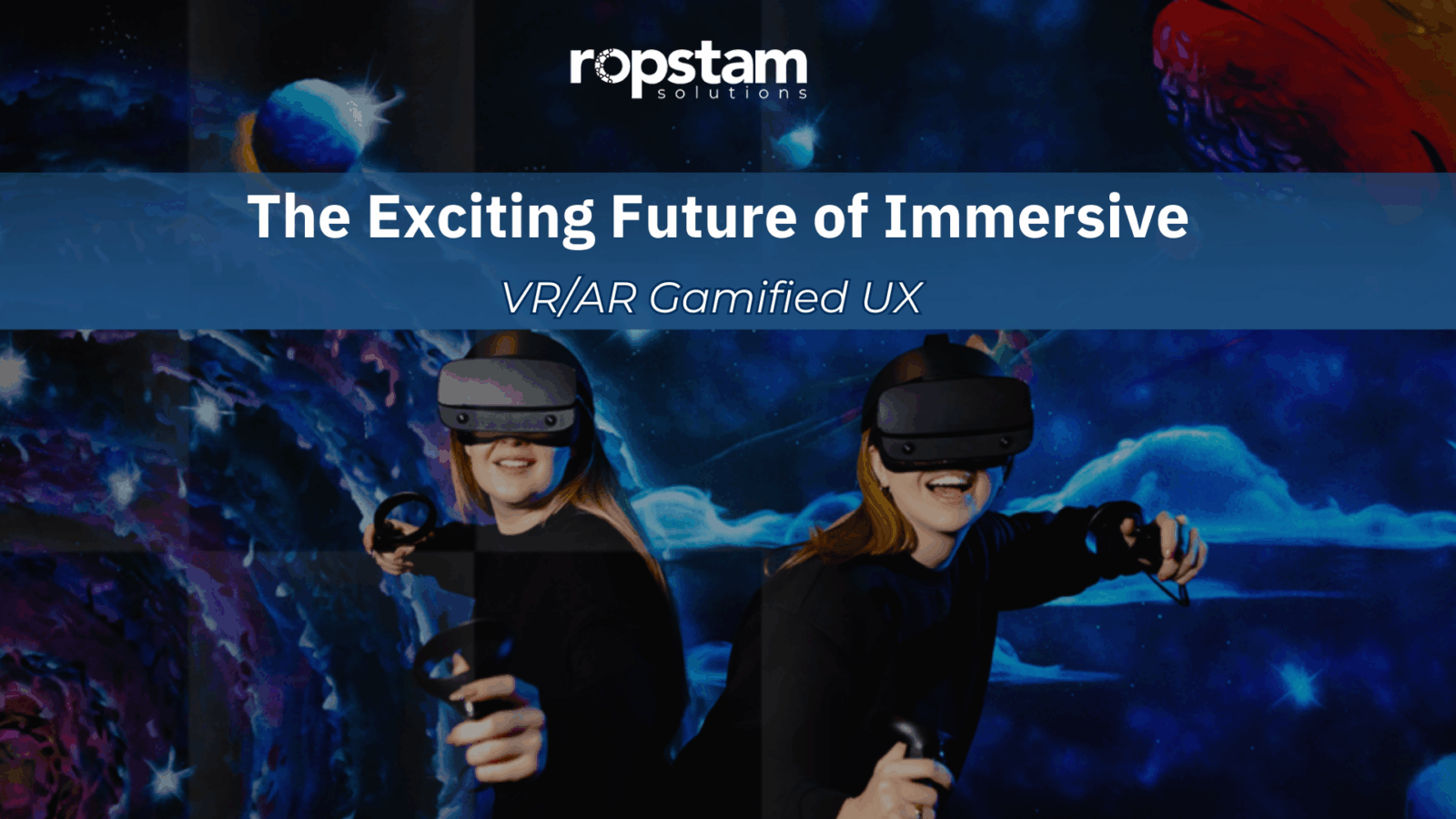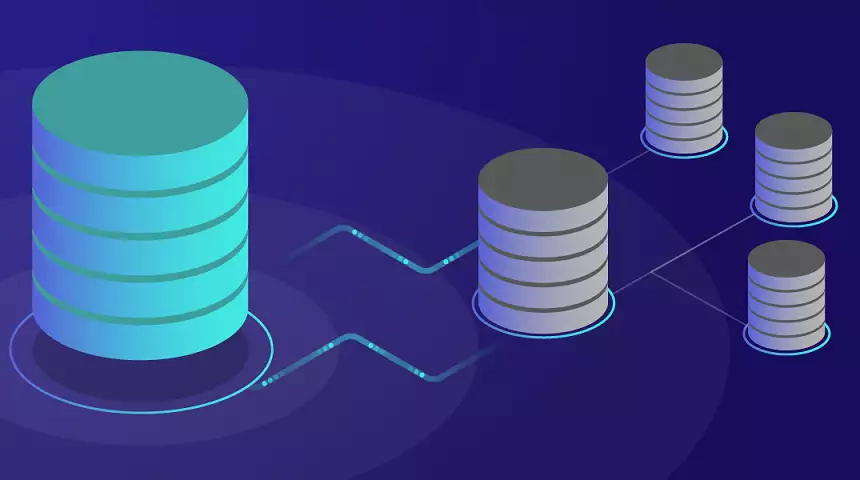Launching a successful mobile application demands a structured and strategic approach. A Minimum Viable Product (MVP) is the foundation for startups and enterprises, enabling them to validate their ideas with minimal investment while gathering crucial user feedback for continuous refinement. This method reduces financial risks and accelerates time-to-market, ensuring the final product aligns with real user needs.
In this blog, we’ll break down each phase of this roadmap in a detailed, technical manner to guide you through a successful MVP launch.
Ideation & Validation
Every great app starts with an idea, but not every idea is worth pursuing. Ideation is brainstorming multiple ideas, exploring solutions to problems, and selecting the most promising one. However, ideation must be immediately followed by validation to ensure the concept has real-world relevance. Validation techniques include conducting surveys, interviews, and analyzing existing market gaps. Tools like Google Trends, social media polls, and MVP landing pages can provide real-time feedback on user interest. Without thorough validation, development risks increase costs and failure rates.
Define the Core Problem
The first step in MVP development is identifying the core problem your app intends to solve. Development efforts may lack direction without clearly understanding the pain points your product addresses. Conduct problem interviews with potential users to validate assumptions and refine your problem statement. Key questions to consider include: What specific challenges does the app resolve? Is there a genuine market demand for this solution? How does it improve the user’s daily life? Answering these questions ensures your MVP is built on a solid foundation of validated user needs rather than speculative assumptions.
Market & Competitor Research
Before proceeding with development, a thorough analysis of the competitive landscape is essential. Examine direct and indirect competitors to understand their strengths, weaknesses, and user feedback. Tools like Google Trends, Statista, and App Annie can provide valuable insights into market demand and industry trends. Look for gaps in existing solutions that your app can fill, whether through superior functionality, better user experience, or innovative features. This research not only helps in positioning your product effectively but also prevents redundant development efforts.
Identifying Your Target Audience
A well-defined target audience is crucial for engagement and retention. Create detailed user personas by analyzing demographics (age, gender, location, income) and behavioral patterns (app usage, preferences, pain points). Conduct surveys and interviews to refine these personas further. Leveraging analytics tools such as Google Analytics and Hotjar can provide additional insights into user behavior. Understanding your audience ensures that your MVP is tailored to meet their needs, increasing the likelihood of adoption and long-term success.
Feature Planning & Prioritization
When developing an MVP, less is more. Feature planning involves listing all possible functionalities and ruthlessly prioritizing them based on user value.
Categorize features into:
- Must-Have (essential for solving the core problem)
- Nice-to-Have (enhances user experience but not critical)
- Future Enhancements (to be added post-validation)
This disciplined approach keeps the MVP lightweight, cost-effective, and easier to iterate.
Defining the MVP Scope
An MVP should focus exclusively on core functionalities that address the primary problem. To avoid feature bloat, distinguish between must-have and nice-to-have features. Must-have features are essential for the app’s basic functionality and directly solve the core problem. Nice-to-have features, while beneficial, can be deferred to later updates. This disciplined approach prevents unnecessary complexity and controls development timelines and costs.
Prioritization Frameworks
Employ established frameworks such as the MoSCoW Method, RICE Scoring Model, or the Kano Model to prioritize features systematically. The MoSCoW Method categorizes features into Must-haves, Should-haves, Could-haves, and Won’t-haves, ensuring focus on critical functionalities. The RICE Scoring Model evaluates features based on Reach, Impact, Confidence, and Effort, providing a quantitative basis for decision-making. Meanwhile, the Kano Model classifies features into Basic Needs, Performance Needs, and Delighters, helping balance user expectations with innovation. These frameworks enable data-driven prioritization, ensuring that development efforts align with business goals and user needs.
UX/UI Design for MVP
A successful MVP isn’t just functional—it must also offer a user-friendly experience. Good UX/UI design ensures users can intuitively navigate the app and derive value quickly.
Important considerations:
- Maintain simplicity and minimalism
- Prioritize critical user actions (onboarding, primary task completion)
- Ensure consistency across screens.
An MVP should feel polished even if it’s feature-light; otherwise, users may misinterpret “minimal” for “unfinished.”
UX/UI Principles
A seamless and intuitive user experience is paramount for user retention. Adhere to fundamental UX/UI principles such as simplicity, consistency, accessibility, and speed optimization. Avoid clutter by designing intuitive navigation flows and maintaining uniform design elements (fonts, colors, buttons). Ensure accessibility compliance with WCAG guidelines to cater to users with disabilities. Additionally, optimize load times to minimize bounce rates—studies show that even a one-second delay can significantly impact user satisfaction and conversion rates.
Wireframes & Prototypes
Before development begins, wireframes and interactive prototypes visualize the app’s user flow and structure. Wireframes map out content placement and interactions, while prototypes simulate the user experience.
Tools like Figma, Sketch, and Adobe XD are widely used for this stage.
Benefits include:
- Early detection of UX flaws
- Clear communication among stakeholders
- Better alignment between design and development teams
User Testing & Feedback Loop
No MVP should launch without thorough user testing. Conduct usability tests with a small group of representative users to observe how they interact with the prototype.
Testing goals:
- Identify pain points and confusing areas
- Measure task completion times.
- Collect qualitative feedback (through interviews or surveys)
Incorporate findings into rapid iterations to refine the product before full-scale development.
Development & Testing
Choosing the Right Tech Stack
Selecting an appropriate technology stack is critical for scalability and performance. For frontend development, native apps (Swift for iOS, Kotlin for Android) offer optimal performance, while cross-platform frameworks like React Native and Flutter provide cost-effective solutions for both platforms. On the backend, languages like Node.js, Python, and Ruby on Rails are popular, paired with databases like Firebase, PostgreSQL, or MongoDB. APIs should follow RESTful or GraphQL standards for efficient data exchange. Cloud hosting solutions like AWS, Google Cloud, or Microsoft Azure ensure scalability and reliability.
Setting Up Agile Sprints
Agile methodology facilitates iterative development with flexibility. Break the project into two-week sprints, each with defined deliverables. Daily standup meetings keep the team aligned, while sprint reviews and retrospectives assess progress and identify areas for improvement. This approach ensures continuous delivery of functional increments, allowing for early feedback and course corrections.
Continuous Integration and Deployment (CI/CD)
Implementing CI/CD pipelines ensures that code changes are automatically tested and deployed, leading to faster iteration cycles.
Key practices:
- Automate builds and testing
- Integrate version control (e.g., GitHub, GitLab)
- Monitor deployments for early bug detection.
CI/CD drastically reduces human error and supports rapid scaling after MVP validation.
Launch & Iteration
After completing development and internal QA, the MVP is ready for launch, but even this should be done strategically.
Beta Testing & Soft Launch
Before a full-scale launch, release the app to a limited audience through closed or open beta programs. Closed beta testing (via TestFlight for iOS or Google Play Beta) allows for controlled feedback from select users, while open beta testing reaches a broader audience. Collect feedback through in-app surveys, Net Promoter Scores (NPS), and crash analytics tools like Firebase Crashlytics. This phase is crucial for identifying bugs, usability issues, and areas requiring enhancement before the official launch.
KPIs to Track Post-Launch
Measuring post-launch performance is essential for iterative improvement. Key metrics include:
- User Acquisition Metrics: Downloads, installs, cost per acquisition (CPA), and app store rankings.
- Engagement Metrics: Daily active users (DAU), monthly active users (MAU), session duration, and retention rates (Day 1, Day 7, Day 30).
- Monetization Metrics: Average revenue per user (ARPU), lifetime value (LTV), and conversion rates from free to paid users.
- Technical Performance Metrics: App load time, crash rates, and API latency.
Conclusion
Building an MVP for a mobile app isn’t about launching a half-finished product—it’s about strategically delivering core value quickly to learn, iterate, and grow. By following a structured roadmap—from ideation to post-launch analysis—you ensure that your MVP is not just a test, but a stepping stone to long-term success. A focused approach, combined with agile practices and continuous feedback, dramatically increases the likelihood of achieving a strong product-market fit, setting the stage for future growth and scalability.













